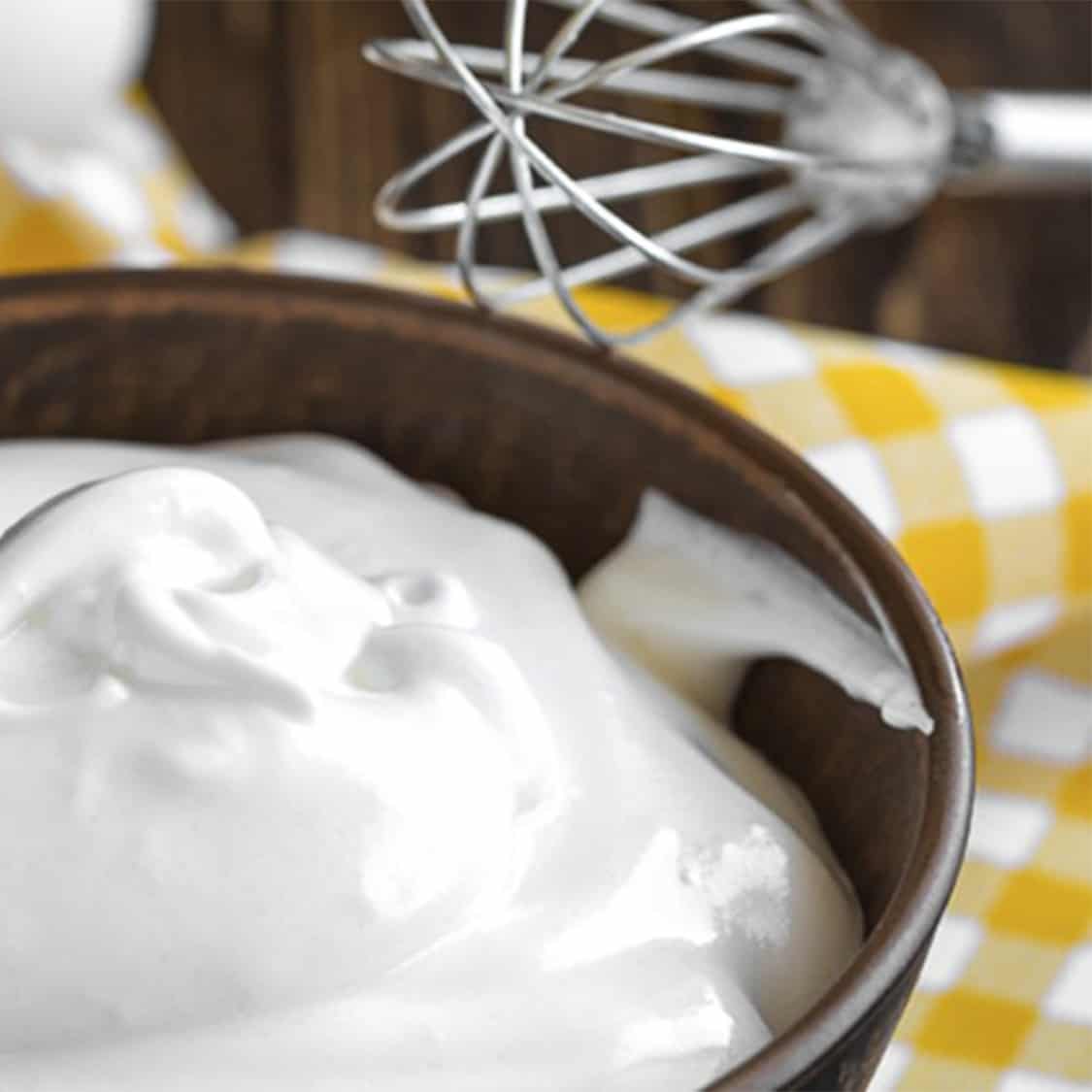

Beating eggs is a basic baking skill. Find tips on how to beat egg whites and facts for cooking eggs from the Incredible Egg.
Equipment:
-Bowl size (and shape) matters. For proper aeration, a small mixer bowl is best for up to 3 egg whites. Use a large mixer bowl for 4 or more whites. When beaten, egg whites increase as much as 6 to 8 times in volume. The bowl should be large enough to hold the expanding whites, but not so large that the whites are spread too thin. The bowl should be deep enough for the beaters to make contact with as much of the whites as possible.
-Beaters and bowl should be spotlessly clean. Any residue of fat will prevent egg whites from beating up properly. Use a stainless steel or glass bowl. Plastic bowls can retain a film of grease.
-Mixers: Using an electric portable or stand mixer is easiest. Meringue can be beaten with a balloon whisk, but this requires more than average arm strength and endurance.
Keep the yolks separate from the whites. Fat from egg yolk will prevent egg whites from beating up properly. When separating eggs, take care that no yolk gets in the whites. To avoid an accident, separate each egg white into a cup or small bowl before transferring it to the mixer bowl. Discard any white that has even a speck of yolk in it (or refrigerate or freeze it for another use).
Egg temperature: It’s easiest to separate eggs cleanly when they are refrigerator-cold. However egg whites whip up to a greater volume when they’ve had a chance to warm up a bit, 20 to 30 minutes. Before beating egg whites, always begin by separating the eggs. Then let the whites stand at room temperature while you prepare the baking pan, equipment and other ingredients.
Cream of tartar: The air beaten into egg whites can be lost quite easily. A small amount of acidic ingredient, such as cream of tartar, acts as a stabilizing agent. A bit of lemon juice or vinegar will also work.
Salt decreases egg-white foam stability, so it is not used in meringues.
Add sugar gradually. For optimum volume and smoothest texture, sugar should be added gradually, beginning only after the whites have been beaten to the foamy stage (about double in volume). Adding some or all of the sugar before you begin beating the egg whites will result in less volume.
To check if sugar is dissolved: After each addition, whites should be beaten until sugar has dissolved before adding more. To test, rub a bit of meringue between thumb and forefinger. If sugar is dissolved, it will feel completely smooth. If it feels grainy or sandy, continue beating. Undissolved sugar can cause sugar spots on the meringue surface.
